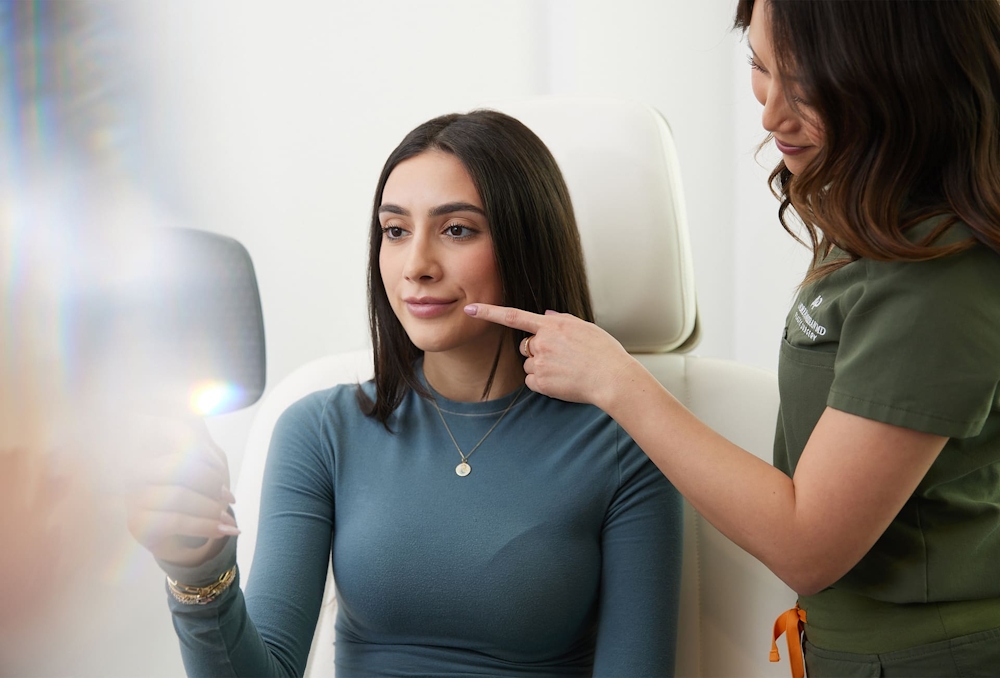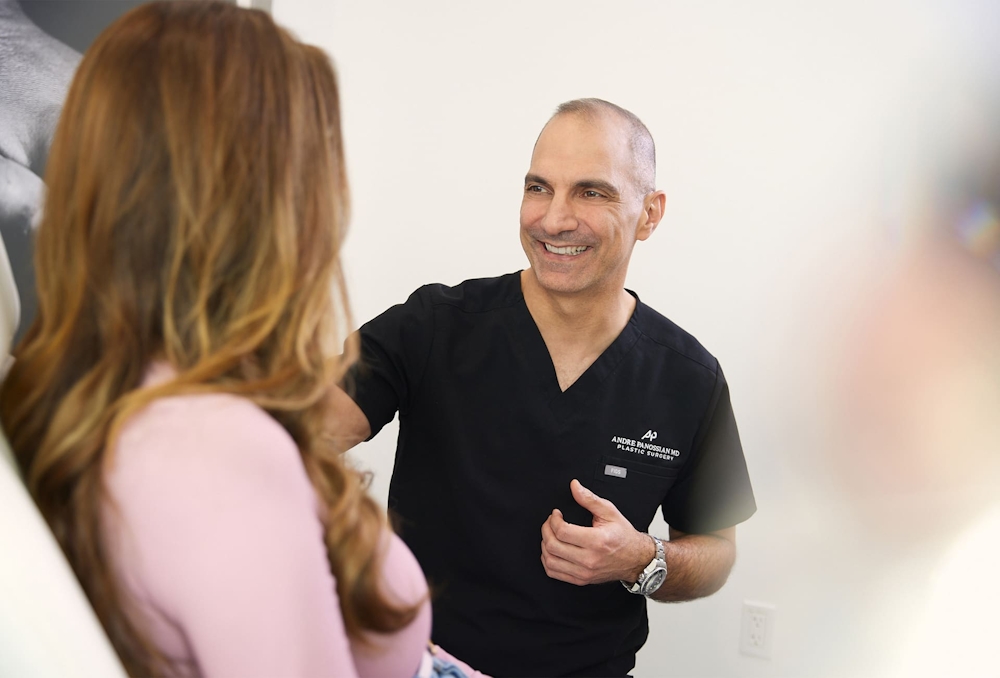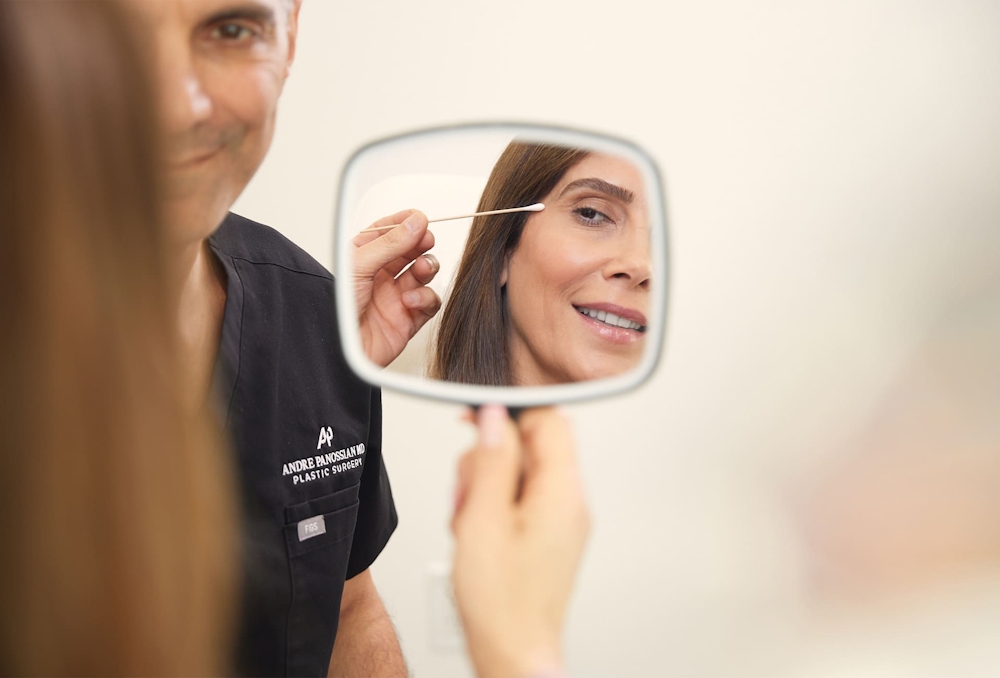Experience the transformative benefits of facial paralysis treatment with Dr. Panossian, a renowned facial reanimation and nerve reconstruction expert.
Understanding Facial Paralysis
Facial paralysis is the loss of voluntary muscle movement in one or both sides of the face due to damage or dysfunction of the facial nerve. This condition can result in a lack of facial expression, difficulty closing the eyes, drooping mouth, and speech difficulties. Causes of facial paralysis vary and can include trauma to the facial nerve, viral infections such as Bell's palsy, tumors affecting the facial nerve, congenital conditions like Moebius syndrome or hemifacial microsomia, stroke-related damage, Ramsay Hunt syndrome, and synkinesis. Early intervention is crucial in the treatment of facial paralysis as it can help prevent permanent muscle weakness, contractures, and emotional distress.
Acute facial paralysis refers to sudden onset paralysis, often caused by conditions like Bell's palsy or facial nerve trauma. Chronic facial paralysis, on the other hand, persists over time and may result from conditions like tumor-related nerve damage or congenital syndromes. Treatment approaches differ based on the stage of paralysis, with acute conditions often benefiting from medications, physical therapy, and supportive measures. At the same time, chronic cases may require surgical intervention such as nerve grafting or muscle transfer procedures for facial reanimation. Recognizing the signs of facial paralysis and seeking prompt medical attention can lead to improved outcomes and quality of life for affected individuals.




















